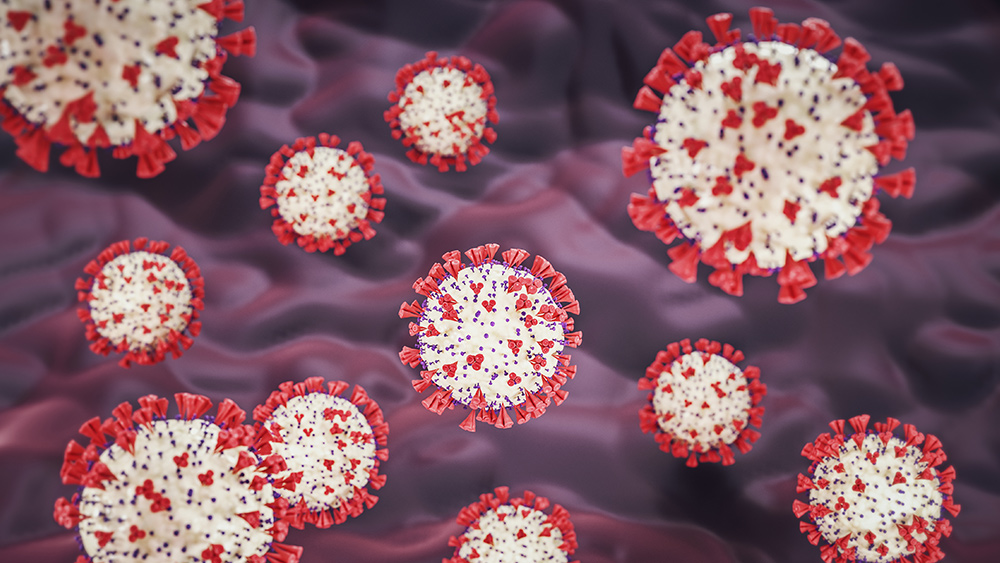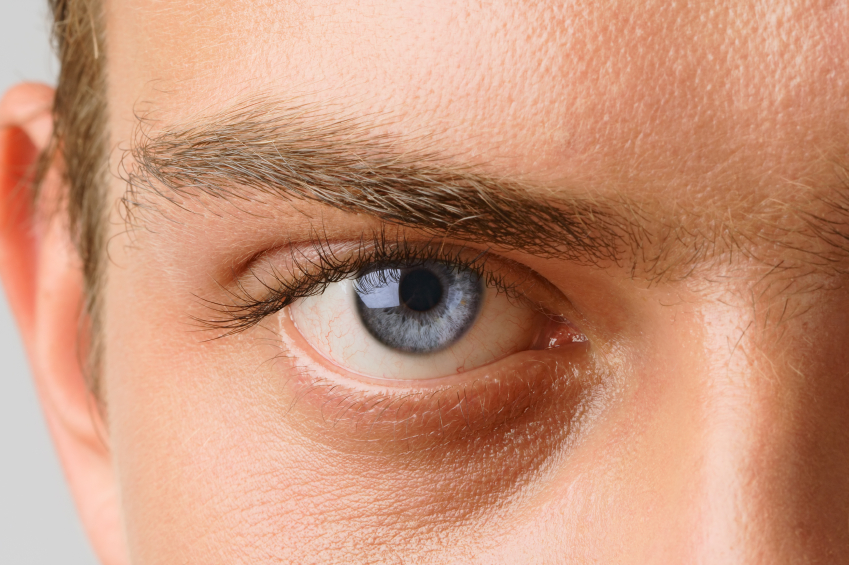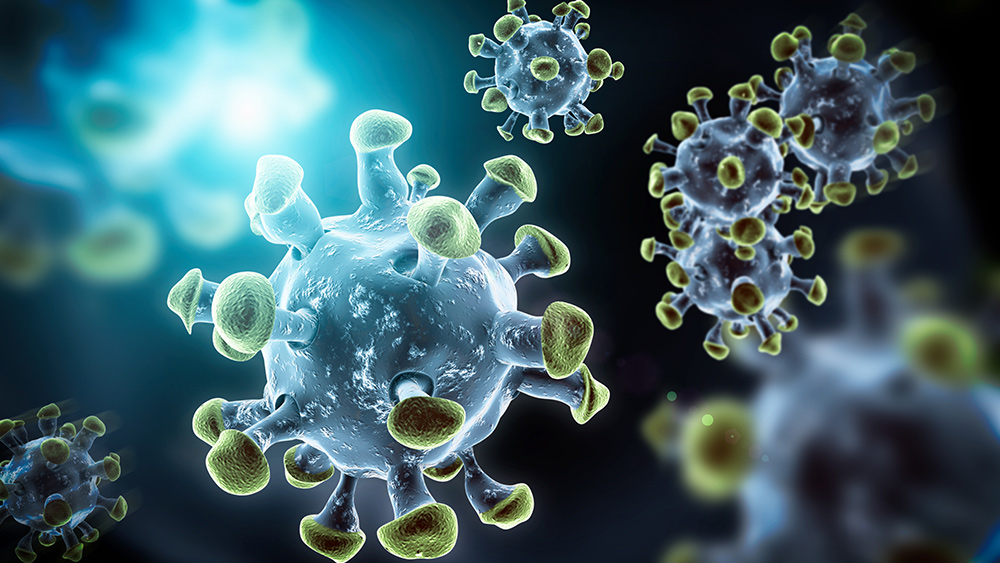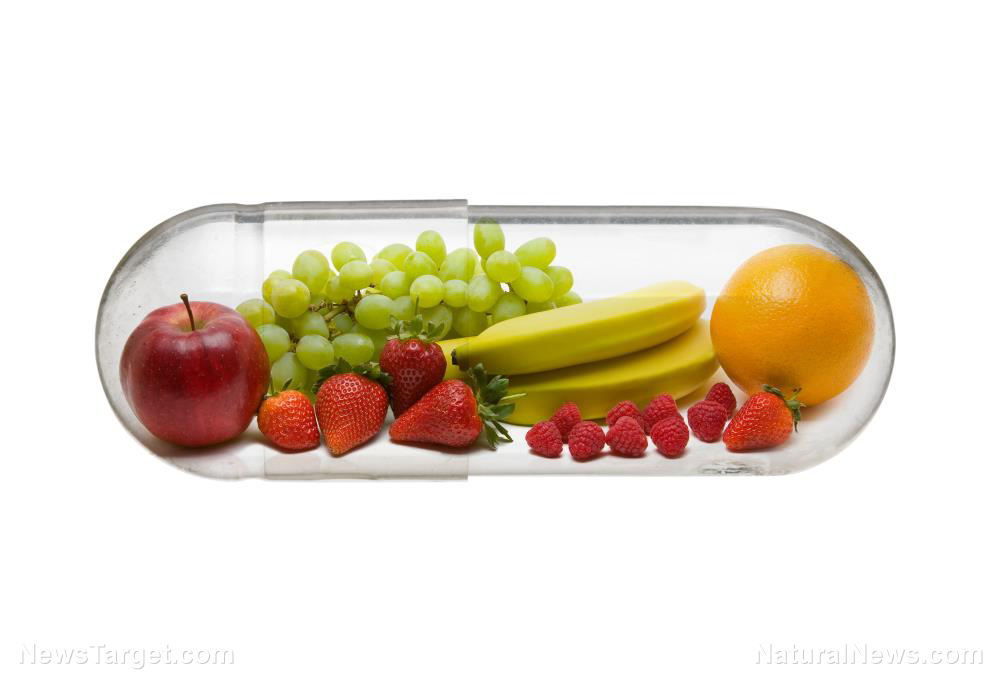No sugarcoating: Tips for cutting down your sugar intake and how to deal with withdrawal symptoms
04/22/2020 / By Divina Ramirez

Most commercially available foods contain high amounts of sugar. Sugar isn’t necessarily unhealthy, as most fruits and vegetables contain a considerable amount of fructose, a natural sugar. But refined sugar, that is, the sugar that is typically added to pastries, desserts, sodas and energy drinks, contains “empty” calories that do not benefit the body whatsoever.
In fact, excess sugar consumption is directly linked to obesity, cardiovascular disease and metabolic disorders like Type 2 diabetes and non-alcoholic fatty liver disease.
Unfortunately, sugar is highly addictive, which can make it difficult for an individual to cut back on sugar intake or quit altogether. In fact, sugar withdrawal can cause a variety of unpleasant symptoms, such as headache, fatigue, irritability, mood swings, stomach ache, constipation, insomnia and anxiety.
But once you overcome withdrawal symptoms, you should begin to notice the following improvements:
- Higher energy levels
- Brighter skin
- Lack of sugar cravings
- Improved physical performance
- Better productivity
- Reduced abdominal fat
- Improved sleep quality
10 ways to reduce sugar intake
Cutting back on sugar can significantly reduce the risk of metabolic disorders and cardiovascular disease. Sugar withdrawal symptoms can be highly unpleasant and uncomfortable, but remember that the symptoms are temporary. Plus, the benefits that you stand to gain by eliminating excess sugar consumption can have a positive impact on overall well-being. Here are 10 ways to minimize sugar intake and beat the symptoms of sugar withdrawal.
Quit cold turkey
If you want to beat sugar withdrawal as soon as possible, cut out sugar entirely. Be warned, however, that quitting cold turkey is not for everyone, as it can worsen symptoms of sugar withdrawal. Only quit cold turkey if you are confident that you can cut out all foods that contain refined sugar and empty calories, such as prepackaged foods, breakfast cereals, protein bars and white bread.
Eat protein
Increasing protein intake can prevent chronic fatigue and persistent cravings. Protein is an important macronutrient that boosts metabolism and builds muscle, so switch to protein-rich foods like lean meat and fish to make up for the calories that sugar used to provide.
Increase dietary fiber intake
Fiber-rich foods stave off hunger for long periods, thus discouraging sugar cravings. Fiber also regulates glucose levels and promotes bowel movement. Fiber-rich foods include whole-grain oats, beans and legumes.
Drink water
Staying hydrated can keep unhealthy cravings in check. Adequate levels of water can also regulate metabolism and inhibit the absorption of excess glucose that causes fatty liver.
Avoid artificial sweeteners
If you can’t handle quitting cold turkey, you can start by limiting the consumption of artificially sweetened foods and beverages. Instead, switch to fruits that contain natural sugars like berries and citrus fruits.
Manage stress
High levels of stress can increase sugar cravings. Sugar stimulates the production of dopamine, which rapidly reduces stress. But stress-induced cravings can quickly lead to weight gain and high blood sugar. To keep stress under control, take short walks, listen to music, take a shower or practice mindfulness exercises.
Exercise
Fatigue and frequent tiredness are common symptoms of sugar withdrawal. But you can exercise regularly to jumpstart metabolism, improve energy levels and minimize stress. Short bouts of exercise can also discourage cravings and binge-eating episodes.
Drink homemade vegetable juice
Vegetables contain high amounts of antioxidants and important nutrients that can improve overall health. If you don’t like snacking on celery, carrot sticks and similar veggie fixes, create your own vegetable juice to pacify sugar cravings. You can use veggies like spinach, cucumber, kale and parsley. Add fruit such as an apple if you aren’t a fan of the bitter taste.
Improve sleep quality
Lack of sleep can exacerbate symptoms of sugar withdrawal including cravings, fatigue and mood swings. Meanwhile, sufficient sleep is linked to higher energy levels, improved cognitive function and minimal stress. To improve sleep quality, try to go to bed regularly at a set time and avoid naps throughout the day.
Eat bitter food
Consumption of bitter foods can turn off the drive to eat sugar. Bitter compounds are also known to slow the absorption of sugar and regulate glucose levels, thus lowering the risk of Type 2 diabetes. Bitter compounds can also improve insulin sensitivity and alleviate symptoms of sugar withdrawal. Common bitter foods include coffee, bitter melon, broccoli and Brussel sprouts. (Related: Bitter melon can lower blood sugar levels and even prevent cancer.)
Sugar addiction can be intimidating to confront. Start small by eliminating artificially sweetened foods and beverages, and work on unhealthy cravings. But set realistic goals that you can achieve and expect to encounter slip-ups. After all, an addiction does not disappear overnight. With self-discipline and patience, you can overcome symptoms of sugar withdrawal and improve overall well-being.
Sources include:
Tagged Under: anti-diabetes, anti-obesity, cardiovascular health, disease treatments, fightobesity, fruits, prevention, sugar, sugar addiction, sugar withdrawal, sweeteners, tips, veggie




















